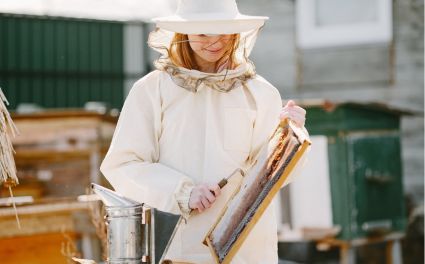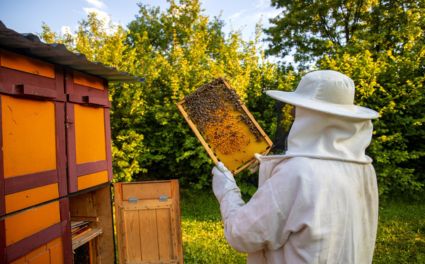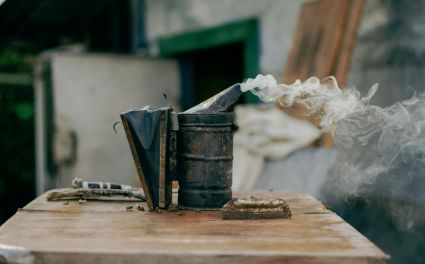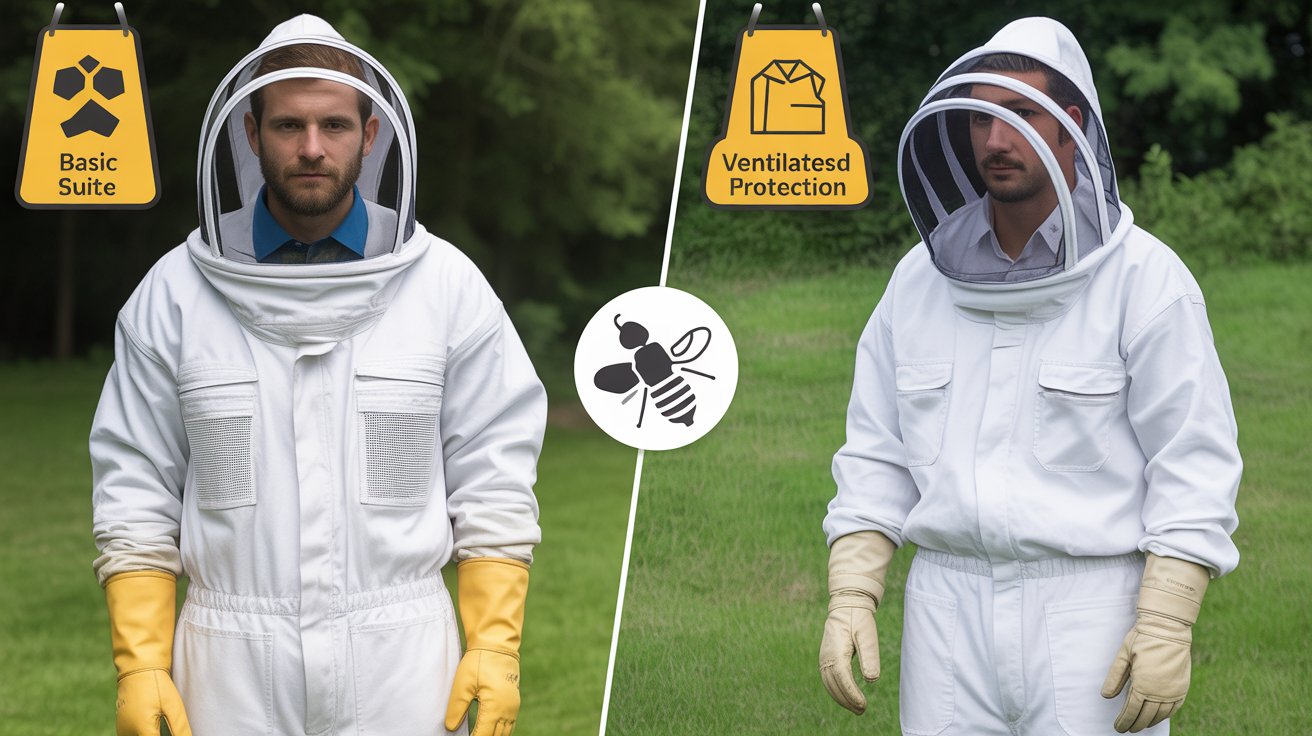Beekeepers must prioritise investing in a high-quality beekeeping suits to stay safe, comfortable, and confident while managing their hives. A proper suit protects against bee stings, supports long hours of work in hot or busy conditions, and gives peace of mind during inspections and honey harvesting.
This guide explores the costs involved, what drives price variation, and how to choose the right equipment. It covers different protection levels, design features, and budget ranges. It also highlights what makes some suits more expensive — and what features are worth paying extra for. Brands like OZ Armour have built reputations by balancing cost, comfort, protection, and durability.
Why Beekeeping Suit Cost Varies
The price of a beekeeping suit depends on several key factors. Understanding these helps beekeepers make informed decisions and avoid unnecessary spending.
1. Materials and Construction
-
Suits made from durable, thick fabrics (e.g. poly-cotton, heavy canvas, or double/triple layering) cost more than lightweight or basic single-layer options. Better materials resist stings, abrasions, and wear.
-
Reinforcements (e.g. at knees, elbows, or high-stress seams) and higher-grade stitching increase longevity—hence the cost.
-
Full body coverage designs are more complex and typically cost more than partial suits or jackets alone.
2. Ventilation and Comfort
-
Suits with mesh panels or fully ventilated construction allow better airflow. They prevent overheating during summer or in warm climates. These added comfort features often raise the cost.
-
Some suits include strategically placed vents, breathable fabric layers, or pre-shrunk fabrics for consistent fit. Such design elements add to manufacturing effort and price.
-
The more breathable and comfortable a suit is, the more likely it is to command a higher price, especially in professional or frequent-use models.
3. Additional Components & Accessories
-
Some suits come with accessories or bundled parts. These may include veils, brim hats, gloves, or detachable parts. The inclusion or quality of these accessories can affect the overall cost.
-
Zippers, elastic cuffs, adjustable fittings, and protective features like reinforced ankles or boots compatibility also influence price.
-
When a suit is sold as a set, or with included gloves or veils, it may be more expensive than a basic suit-only model, but often offers better value overall when everything needed is bundled.

What Beekeepers Can Expect: Price Ranges & Models
Here are examples of typical models, features, and their cost — useful benchmarks when comparing options. These are representative of what dedicated beekeeping gear suppliers may offer.
3-Layer Mesh Ventilated Full Bee Suit with Fencing Veil
A premium option that provides complete body coverage, advanced ventilation, and excellent visibility. Ideal for regular or professional beekeepers who need both breathability and protection.
Double-Layer Mesh Ventilated Suit with Fencing Veil
A moderately priced choice offering strong airflow and reliable sting protection, with slightly less layering than top-tier models.
Poly-Cotton Semi-Ventilated Suit with Fencing Veil
A balanced pick for cost and comfort, combining durable fabric with decent breathability at a lower price point.
Pre-Shrunk Poly-Cotton Semi-Ventilated Suit with Round Hat Veil
An entry-to-mid level model suited to occasional use or smaller apiaries, offering a comfortable fit and straightforward protection.
For those who prefer separate pieces or more flexibility, beekeeping jackets can be paired with beekeeping trousers and beekeeping ankle protection for full coverage. Beekeepers who want better hand safety should consider quality beekeeping gloves as essential add-ons. Protective gear for the face and head — such as beekeeping veils — also plays a critical role, and higher-quality veils can add to overall cost. Families and clubs often include younger helpers; beekeeping kids suits are designed with the same protection principles in smaller sizes.
Value Considerations: More than Just Price
Cost isn’t the only factor. Sometimes paying more makes sense:
-
Frequency of use: If you inspect hives weekly or in hot weather, investing in a more ventilated or durable suit saves discomfort and may extend the suit’s useful life.
-
Longevity: Better stitching, reinforced areas, and quality materials reduce the chance of tears or punctures, meaning fewer replacements, which saves money over time.
-
Safety margin: A cheaper suit that fits poorly or lets bees in is a false economy. Protection matters most.
-
Flexibility: Some beekeepers may start small; others may scale up. Starting with a mid-quality suit and upgrading later is valid, but choosing something that still offers good protection is crucial.
-
Accessories and modular gear: Some choose to buy jackets, gloves, and other gear separately; others prefer an all-in-one suit that includes or works seamlessly with gloves, veils, or ankle guards. Either approach can work; cost will differ accordingly.

Final Thoughts
Beekeepers have a wide range of options when it comes to beekeeping suits. A good investment now can pay dividends in comfort, safety, durability, and productivity. The right suit choice depends on how often you work, the climate, your budget, and how much gear you want in one package or prefer to build modularly.
Brands like OZ Armour provide a variety of suit types and protective gear to serve different needs—from occasional hobbyists to professional apiarists. They offer options across material types, ventilation levels, and pricing tiers to match different budgets and use levels.
If you want to explore current gear, accessories and further beekeeping advice, beekeepers can read more blogs about beekeeping, and visit the official site at OZ Armour to review features, pricing, and suitability for their own hive practices.




